
TEI MicroFrame
Posted by musovern on Nov 20th, 2019 in TEI-MicroFrame | 0 comments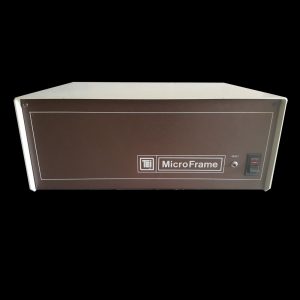 This is my TEI chassis with 12 slot backplane, Have now recapped the power and changed it over to 240 volt. Will add the Z80 that is sitting on top or a 8080A CPU board not sure yet with RAM/EPROM board with a serial board for another S100 system. Read More...
This is my TEI chassis with 12 slot backplane, Have now recapped the power and changed it over to 240 volt. Will add the Z80 that is sitting on top or a 8080A CPU board not sure yet with RAM/EPROM board with a serial board for another S100 system. Read More...
IBM XT 5160
Posted by musovern on Nov 17th, 2019 in IBM XT5160 | 0 comments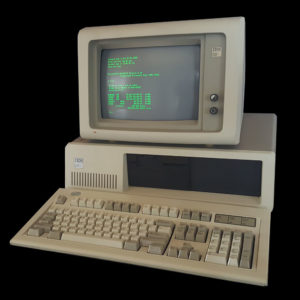 The IBM Model 5160 was as you might guess, a more powerful version of the IBM PC Model 5150. The ‘XT’ designation distinguished it from the 5150 ‘PC’. It was introduced in 1983 and, like it’s predecessor the IBM 5150, it was available with either a CGA colour video card or a monochrome (text-only) MDA video card. It shipped with more RAM on the motherboard and had 163W power supply to better support the supplied 10MB or 20MB hard disk drive (increased from the 93W PSU used in the 5150). The (mostly unused) tape port mysteriously disappeared – a sign of the times!... Read More...
The IBM Model 5160 was as you might guess, a more powerful version of the IBM PC Model 5150. The ‘XT’ designation distinguished it from the 5150 ‘PC’. It was introduced in 1983 and, like it’s predecessor the IBM 5150, it was available with either a CGA colour video card or a monochrome (text-only) MDA video card. It shipped with more RAM on the motherboard and had 163W power supply to better support the supplied 10MB or 20MB hard disk drive (increased from the 93W PSU used in the 5150). The (mostly unused) tape port mysteriously disappeared – a sign of the times!... Read More...
Dream 6800 40th Anniversary
Posted by musovern on Jul 18th, 2019 in Dream 6800 40th Anniversary | 2 comments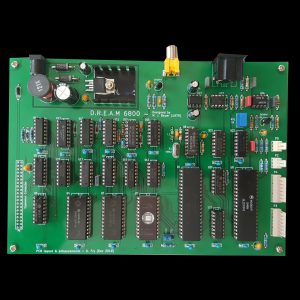
Dream 6800 40th Anniversay vintage computer, Has been designed by David Fry (UK), has completed an elegant re-design of the DREAM using a double-sided PCB (pictured below). It has an on-board switchmode regulator for the +5V supply and a DC/DC converter for negative 5V. Memory has been upgraded to 4KB using two 6116 RAM chips. The EPROM can be a 2716 or 2732 type. Otherwise, David’s design remains faithful to the original. The download includes KiCad PCB design files and Gerber files for board fabrication.
Read More...Nascom 2
Posted by musovern on Jun 27th, 2019 in Nascom 2 | 0 comments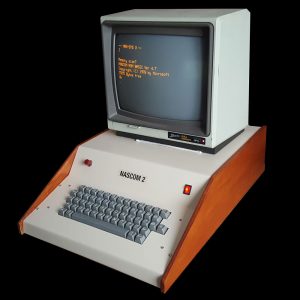
The Nascom 1 and 2 were single-board computer kits issued in the United Kingdom in 1977 and 1979, respectively, based on the Zilog Z80 and including a keyboard and video interface, a serial port that could be used to store data on a tape cassette using the Kansas City standard, and two 8-bit parallel ports. At that time, including a full keyboard and video display interface was uncommon, as most microcomputer kits were then delivered with only a hexadecimal keypad and seven-segment display. To minimize cost, the buyer had to assemble a Nascom by hand-soldering about 3,000 joints on the single circuit board.
Read More...Apple 1
Posted by musovern on May 27th, 2019 in Apple, Vintage Computers | 1 comment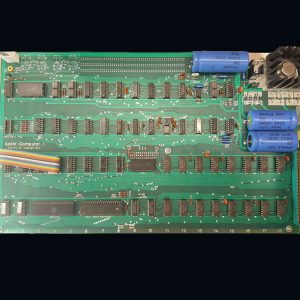
The story of the development of the Apple I is well known and has become a “legend”.
Steve Wozniak, who was working for Hewlett-Packard at the time, wanted to build his own computer. He couldn’t afford the Intel 8080 CPU, which was very popular, as it was used in the Altair 8800 and IMSAI 8080, but was very expensive. He would have used the Motorola 6800 but it was also much too expensive. Finally he decided to build his computer around the MOS 6502 CPU, which was pretty compatible with the Motorola 6800.
Read More...